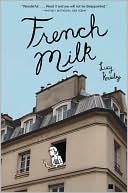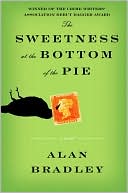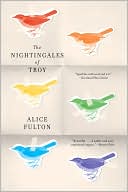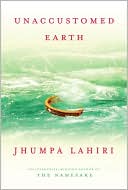 I was feeling well enough on Saturday night to attempt another dyeing project. I bought a pair of bright pink corduroys back in college, when they were on crazy-sale at J.Crew, but I've hardly ever worn them. They were really garish and didn't go with much, although they fit perfectly. I'd been trying to figure out what to do with them for a while: Give them away? Try to bleach them white? Make a bag out of them?
I was feeling well enough on Saturday night to attempt another dyeing project. I bought a pair of bright pink corduroys back in college, when they were on crazy-sale at J.Crew, but I've hardly ever worn them. They were really garish and didn't go with much, although they fit perfectly. I'd been trying to figure out what to do with them for a while: Give them away? Try to bleach them white? Make a bag out of them?I finally hit on the idea of dyeing them when I found myself considering a pair of purple cords I found online a couple of weeks ago. I realized that my pink pants + blue dye could give me a custom color in just the shade of dark eggplant I was hoping for.
I wanted a much more saturated color than last time, so I decided to use the stovetop method and double the amount of dye I used. I also used liquid RIT this time, instead of the powder, because undissolved powder (which is very difficult to see in the inky solution) can lead to speckling.
Here's the before shot, when I pre-soaked the pants in hot water. They were BRIGHT.
 The dyeing process was simple, but not easy. You bring a huge pot of water (RIT recommends 3 gallons per pound of fabric) to a simmer on the stove, then add the dye, a cup of salt, and the pre-soaked fabric. Then comes the endless, mindless part: 30 minutes of stirring. For half an hour, you have to stand by the stove, constantly agitating the fabric to make sure that it all gets evenly dyed.
The dyeing process was simple, but not easy. You bring a huge pot of water (RIT recommends 3 gallons per pound of fabric) to a simmer on the stove, then add the dye, a cup of salt, and the pre-soaked fabric. Then comes the endless, mindless part: 30 minutes of stirring. For half an hour, you have to stand by the stove, constantly agitating the fabric to make sure that it all gets evenly dyed.The next step is the trickiest: you need to move the fabric between progressively cooler water baths until it stops bleeding color. This is the part where I wish I had a big yard and a hose, because there's great potential for mess-making and countertop-staining, and lot of running to the bathroom for fresh buckets of water. The first few moves are the hardest, when the dye is still pretty strong and the fabric is full of 140-degree water, so you have to quickly move a heavy, steaming, sopping heap of dye-soaked fabric from container to container while your assistant (thanks, Stephen!) dumps the full buckets and refills them with slightly cooler water. It's a water-intensive process. I went through at least a dozen water changes before the water was (mostly) clear. Then I hung the pants up to dry.
 Here they are the next day. It's hard to tell what they'll look like when you're in the midst of the dyeing process, because they always dry a few shades lighter, but these are exactly the color I was hoping for.
Here they are the next day. It's hard to tell what they'll look like when you're in the midst of the dyeing process, because they always dry a few shades lighter, but these are exactly the color I was hoping for.






















































